Canada Countryside, Sport & Adventure, Sustainable Tourism
Churchill, Manitoba: Canada’s wild north
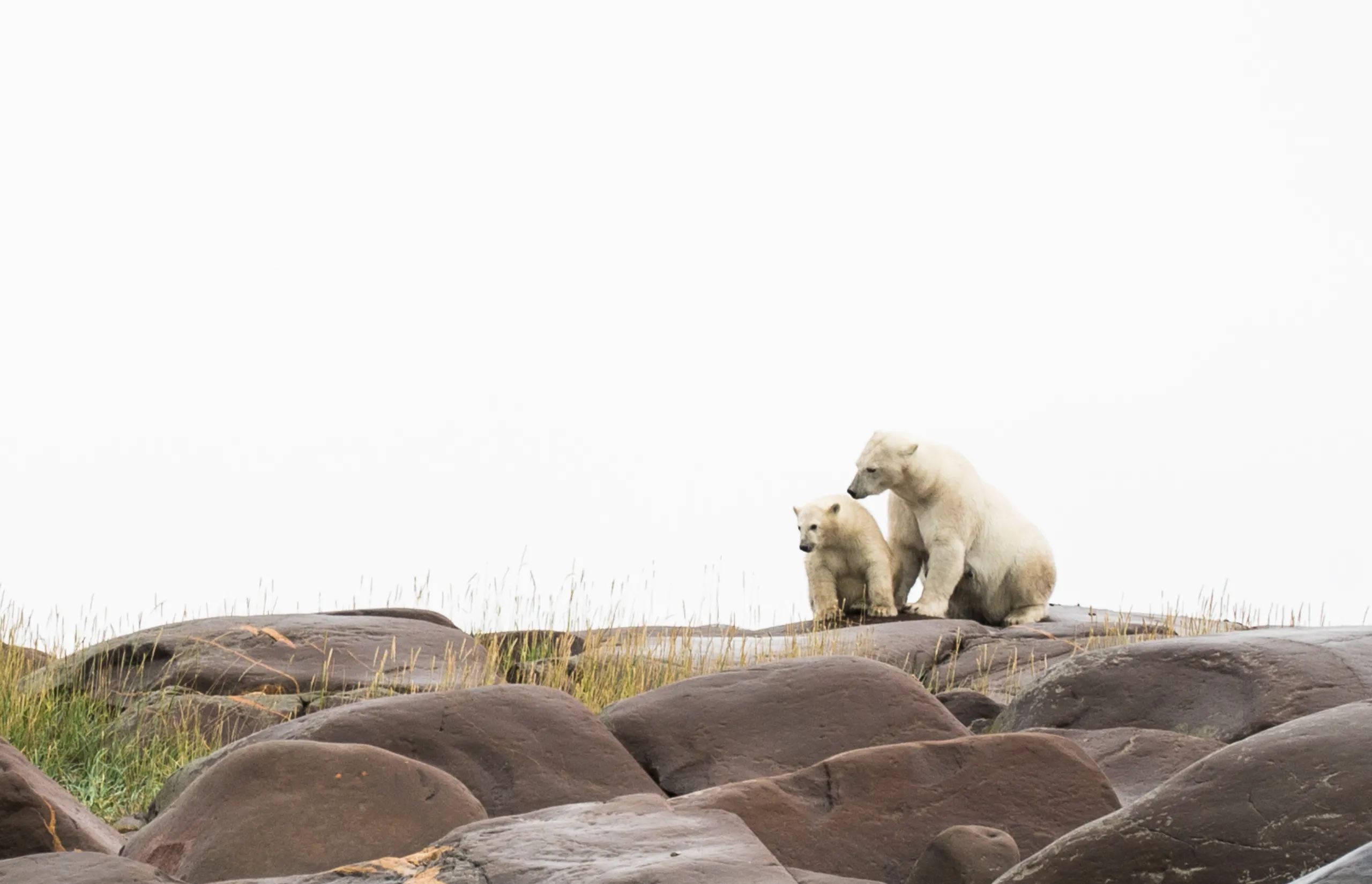
Churchill – Polar Bears Credit Travel Manitoba
In Canada’s wild north, polar bears, beluga whales and the Northern Lights are just the tip of the iceberg
There’s something Netflix noir about the town of Churchill, set on the western shore of Canada’s Hudson Bay, a vast southern extension of the Arctic Ocean. There’s no road in or out and its soundtrack is one of wind and wings. The town’s melancholy beauty demands vigilance. Our guide’s instruction: “Keep your head on a swivel.”
Being in Churchill is like hitting ‘Play’ on a National Geographic documentary trailer. A lone grey wolf trots through conifers in search of prey; a bald eagle swoops in on a flock of teal, picking off the straggler for breakfast. An Arctic hare bats its black eyelashes. In the distance, a polar bear that looks like a Flokati rug on a rock, stretches a leg in – could it be? – a bear yoga pose.
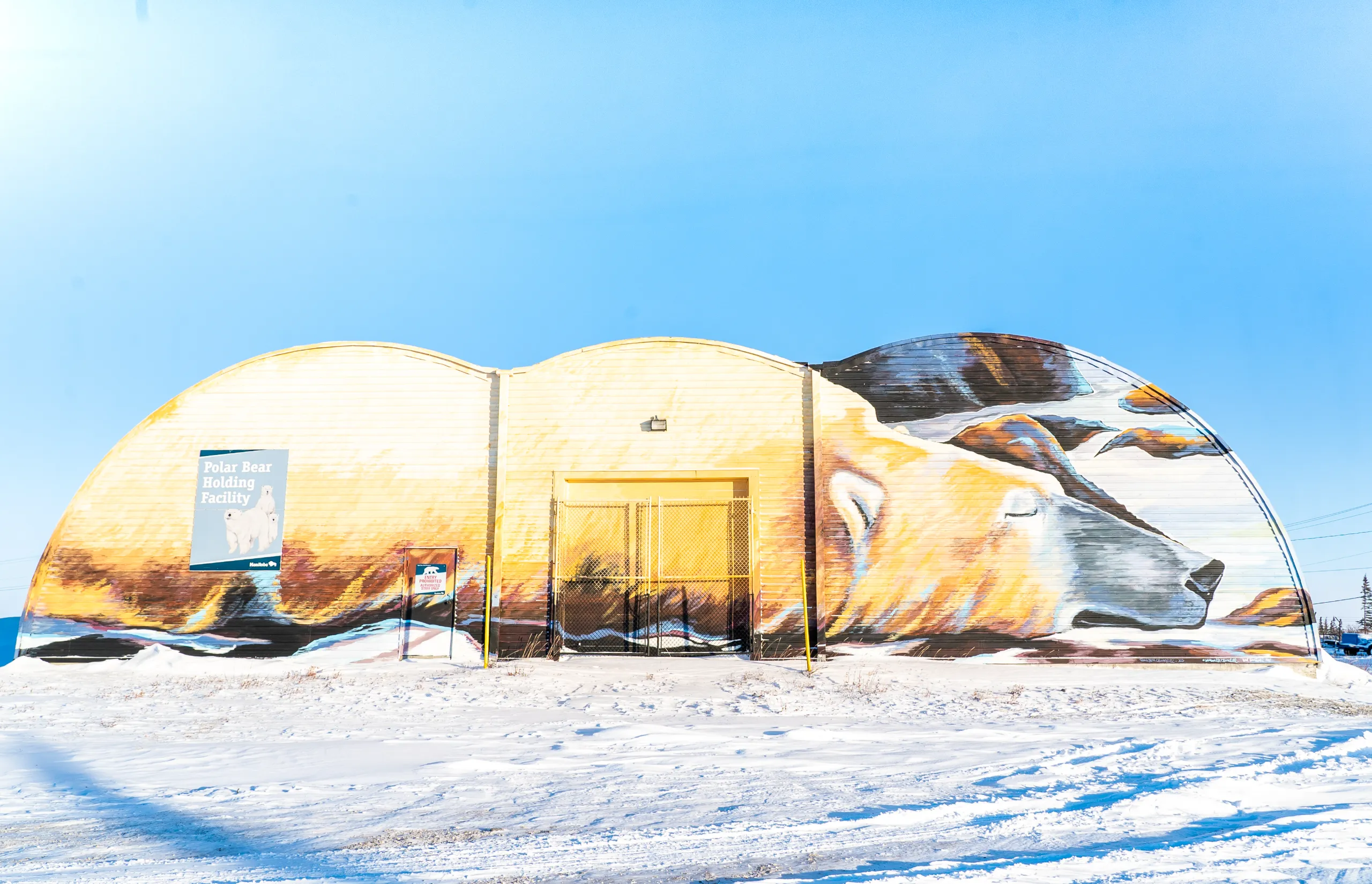
In Churchill you do and see things you might not normally do and see. I test drive an Electric Vehicle Tundra Buggy with tires 1.7 metres high, and zip along boreal forest tracks in a go-cart pulled by five of the 43 rescue huskies owned by the charismatic Dave Daley, a former aircraft mechanic.
I will order bison burgers and medium-rare elk medallions with a glossy wash of arctic berry reduction. The digestive will be a celestial choreography, watched from the beach late at night, starring the lime green ribbons of aurora borealis.
Churchill is raw and real. It’s a destination for those who want to channel the adventurer within.
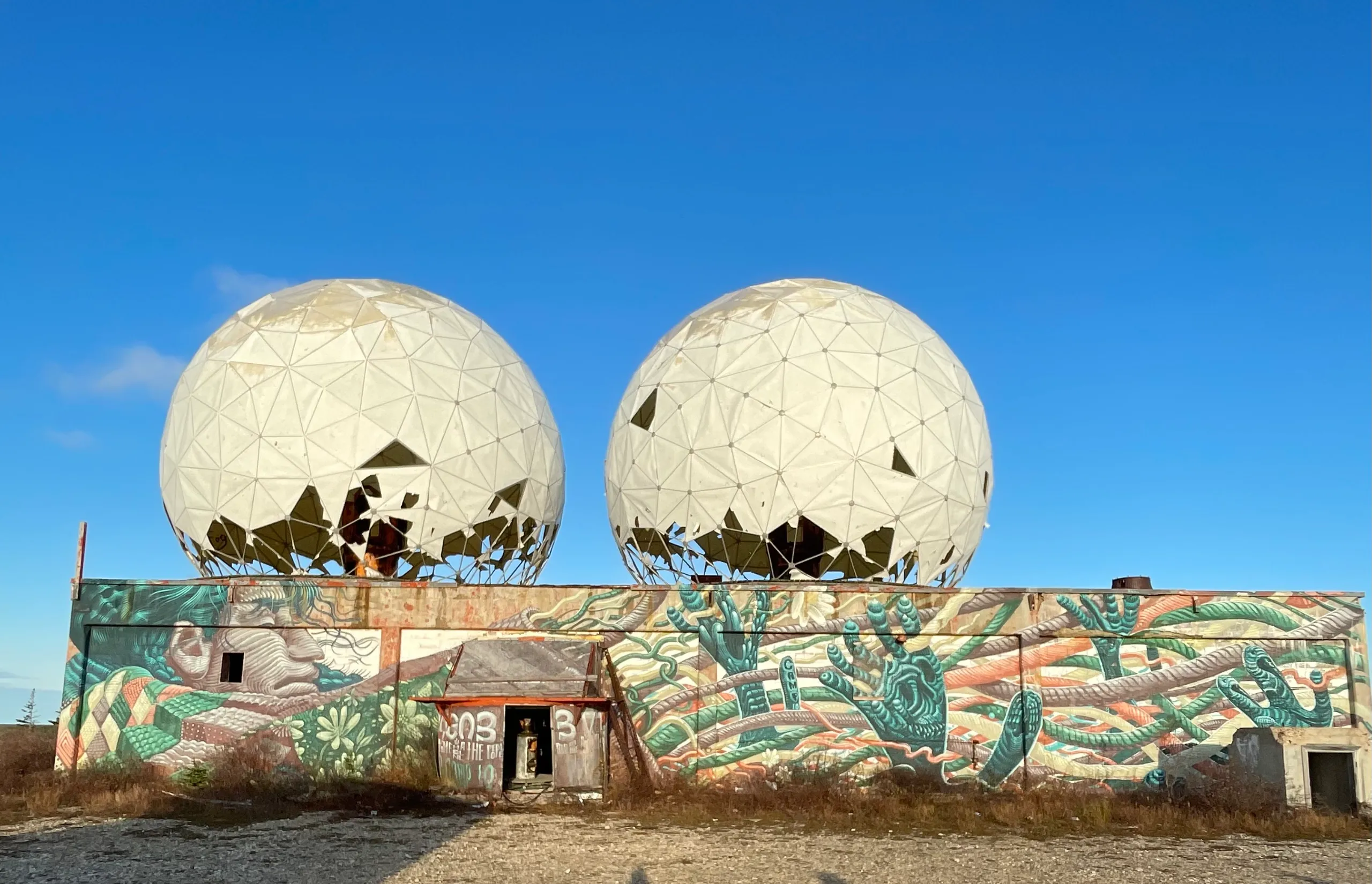
Pioneering eco-tourism
Churchill turned up in Time magazine’s list of ‘The World’s Greatest Places of 2023’. But while it earns its credentials via polar bears, beluga whales and the Northern Lights, the Manitoba town is just as attractive for trailblazing science and conservation.
A rich diversity of marine mammals underpins the Hudson Bay ecosystem. The largest gathering of beluga in the world comes to feed and give birth here. Walruses, polar bears, ringed seals, bearded seals and harbour seals live in the bay year-round. Seasonal visitors include bowhead whales, narwhals, killer whales and harp seals. Polar bears thrive on seal blubber. Fat from a 68-kilogram ringed seal has the same number of kilojoules as about 400 cheeseburgers.
Arctic specialists who make the journey to Canada’s northern-most seaport include biologists, oceanographers, meteorologists, geologists and chemists. Studying the Arctic from the bottom of the ocean to the top of the atmosphere, their tools include everything from microscopes to satellites.
Everyone has a nerdy research niche: the language acquisitions of baby belugas, the nutrient ecosystem of sea ice, the dynamics of a polar bear den. A dossier on polar bear whiskers – which can aid in identification as fingerprints do in humans – is being compiled.
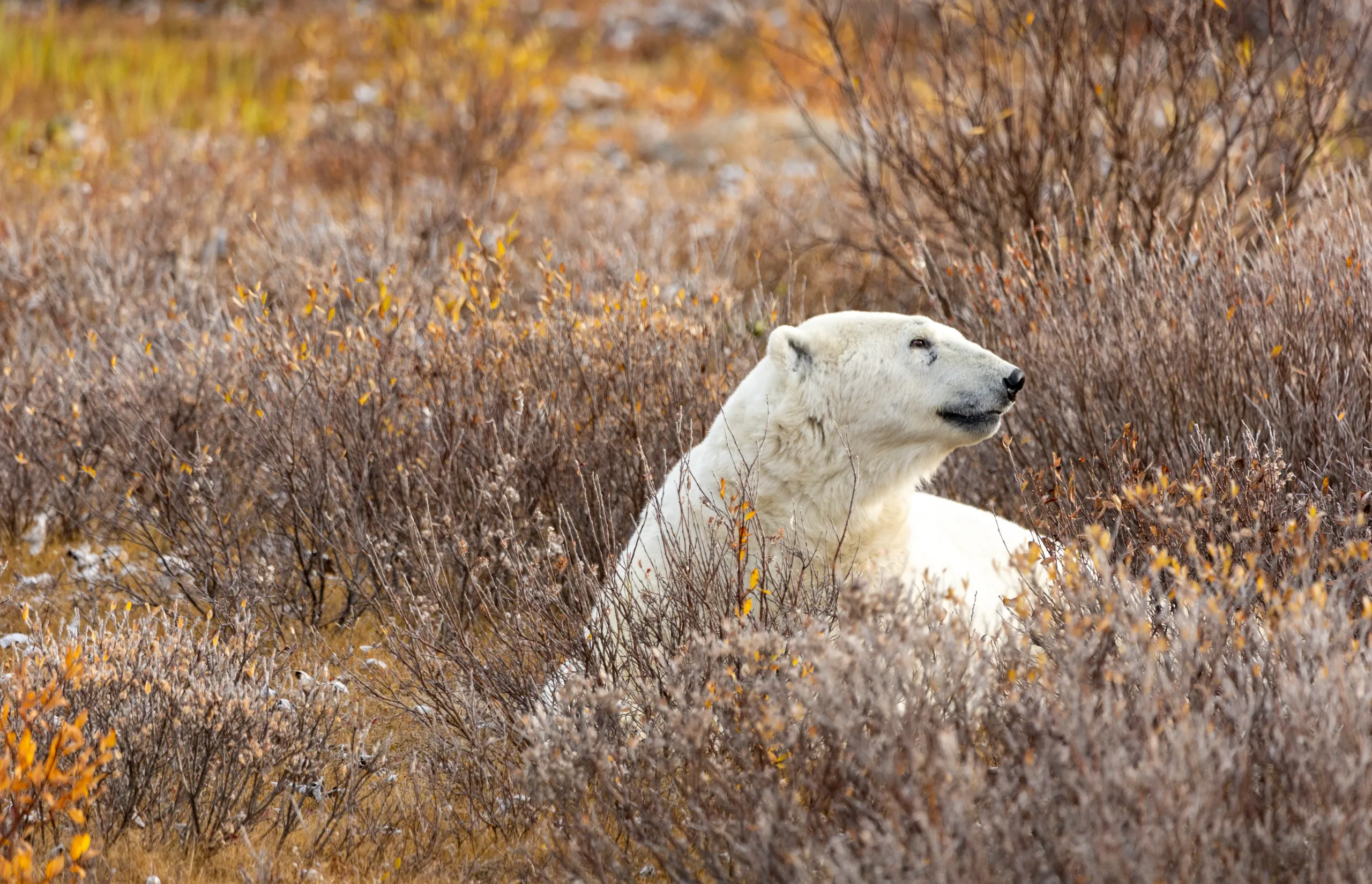
Final frontier
Named after John Churchill, the governor of the Hudson’s Bay Company from 1685 – 91, Churchill has been a fur trading post, a military base (Fort Churchill, built in 1942), a rocket launching facility, a research hub and adventure travel drawcard.
In the 1950s, the British government considered Churchill for nuclear weapons testing, opting instead for Australia’s Maralinga.
Churchill riffs on abandonment. Things that have outlived their usefulness are simply left to return to the earth. There’s not much landfill to be had in permafrost.
The military base was razed in 1981, but remnants of the rocket range, a huge grain silo, a half-finished hotel built of stones, and paddocks of rusting oil drums, cars, motorcycles, buses, boats and the odd washing machine remain. Some 750 metres offshore sits the steam freighter SS Ithaka, which ran aground in 1960.
The community does its best to counterbalance the rust aesthetic. The SeaWalls Churchill mural project, curated by local artist Kal Barteski, was a 2017 initiative to raise awareness of oceans and to restore pride in a town devastated by blizzards and floods, which destroyed the rail line. Eighteen artists from nine countries painted murals that today adorn neglected buildings.
The love of art continues at the Itsanitaq Museum, a collection of Inuit carvings and artefacts said to be among the world’s oldest. Even extracted human teeth have been intricately carved. What appeals to museum curator Lorraine Brandson is “the ingenuity and resourcefulness of the artwork and the patience needed to make it”.
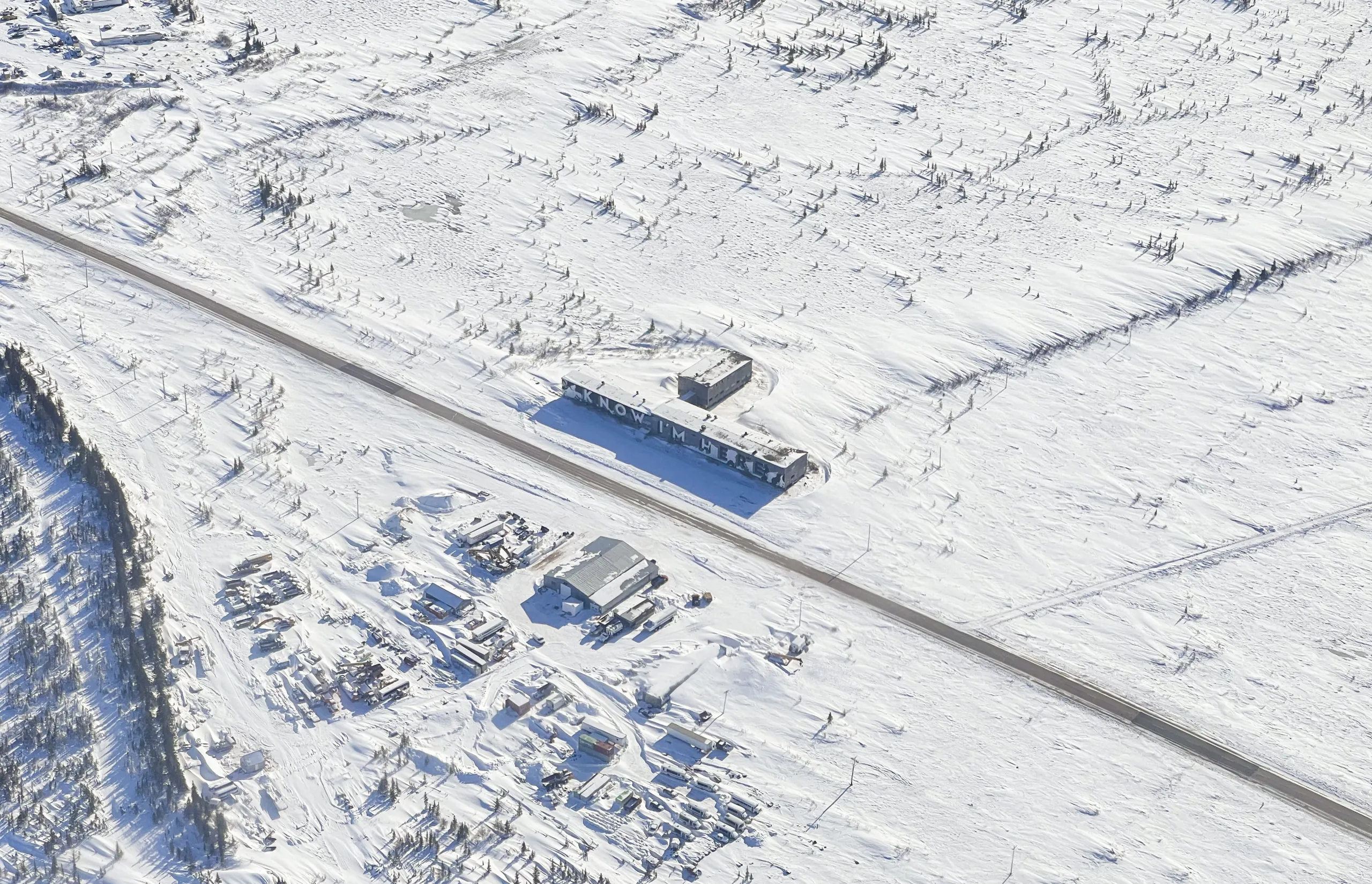
The spirit of adventure
Adventure tour companies such as Frontiers North Adventures, Lazy Bear Expeditions, Great White Bear, Churchill Wild and Discover Churchill are among operators giving visitors insights into the Churchill way of life.
Churchill’s population is around 900, but more than half a million visitors come by train or plane to northern Manitoba each year. The town’s body clock works like this: January to March, Northern Lights at their best; May and June, birding; July and August, beluga whales; August, the trifecta of polar bears, belugas and lights, if you are lucky; October and November, polar bears await the sea ice that will feed their seal addiction.
We are there in late September, in autumn, and we almost slip through the cracks. Our guide, Jason Ransom, works hard to deliver a polar bear sighting. It comes three hours before our departure. He tells us, “I can’t control the weather or the wildlife.” We try to be understanding.
Our four-day itinerary has been shaped by Frontiers North Adventures, who introduced the Electric Vehicle Tundra Buggy in 2021. There are two now, and the company hopes to convert its fleet of 12 to electric technology by 2030. The buggies, says a company spokesperson, could reduce greenhouse gas emissions by more than 3,600 tonnes of carbon dioxide over the next 25 years.
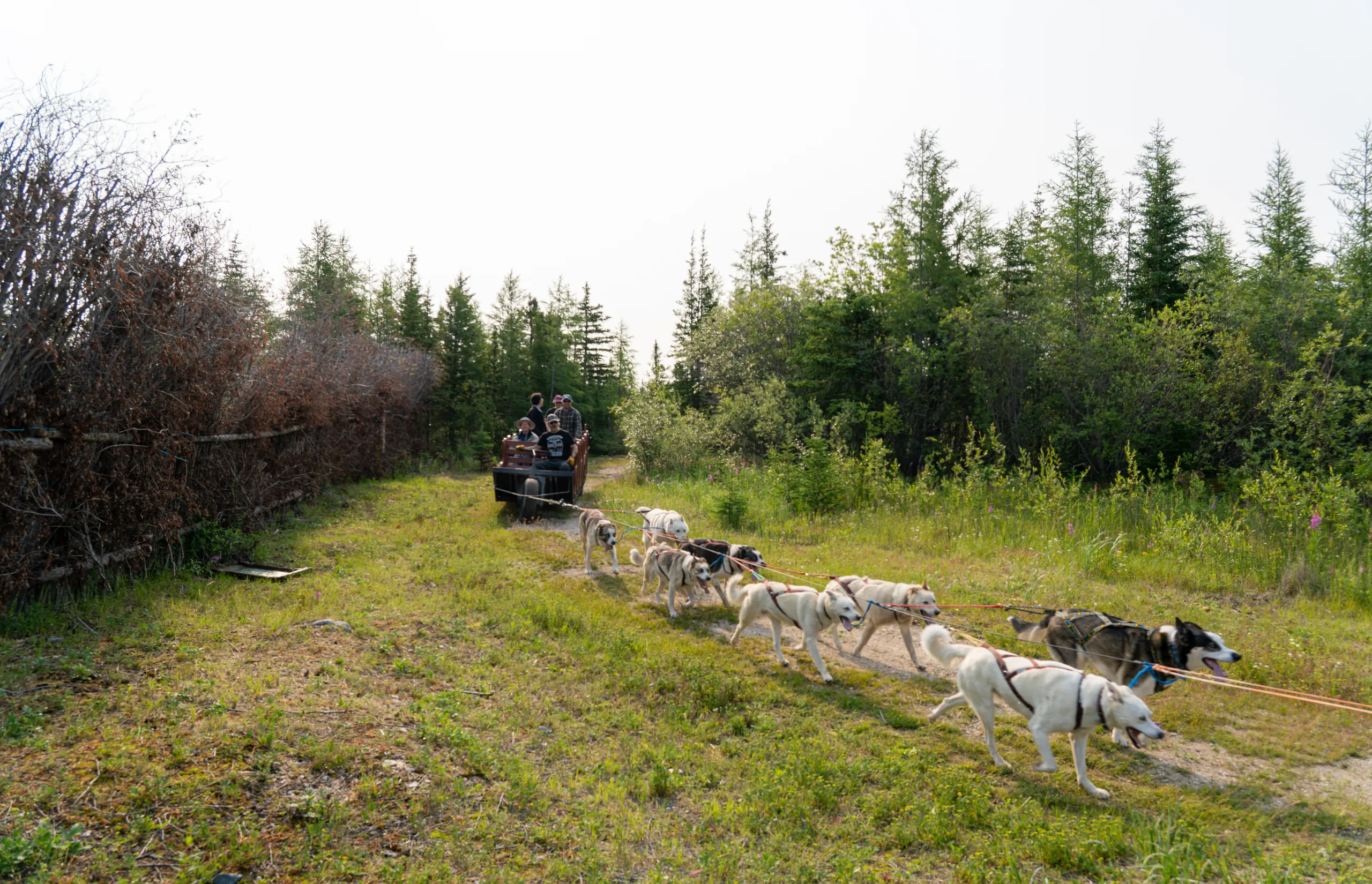
Northern exposure
The space-agey Tundra Buggy Lodge consists of two units that can sleep up to 40 guests, a lounge, a dining hall and staff quarters. Outdoor viewing and photography platforms connect each unit.
Other accommodation options in town, like the Tundra Inn where we stay, are clean, roomy, and conveniently located near the Town Centre Complex, which houses the school, healthcare, a library, swimming pool, curling rink, theatre, gym and community notice boards. Anyone for the men’s drum group?
Our visit is peppered with interesting talks; from (First Nations) Dene elder Florence Hamilton; Dylan McCart, executive director of Churchill Northern Study Centre; and Bob Debets, who has been transporting wildlife enthusiasts around Churchill for 22 years, and whose side hustle is pyrotechnics.
The Churchill Northern Study Centre, 23 kilometres east of town, provides meals, lodging, laboratory space, equipment rentals and research support to students and scientists. Researchers love the intersection of marine, boreal forest and tundra ecosystems.
The Polar Bears International (PBI) House is a public education space, and it disseminates and interprets current studies. Initiatives include polar bear live cams, powered by explore.org (where you can also find live reporting of the Northern Lights activity).
According to PBI’s director of conservation outreach, Alysa McCall – who spoke in Sydney, Australia, in 2023 – there are 19 populations of polar bears and some 25,000 left in the wild. In the 1980s, there were 1,200 polar bears in the western Hudson Bay area; today there are just over 600. Says McCall, “They’re not starving, but the mums are tired and have less access to food. Less sea ice [a result of climate change] means they are eating fewer seals; it’s harder to get pregnant, harder to stay pregnant, or to nurse cubs to adulthood.
“Polar bears are our fat white hairy canary in the coalmine.”
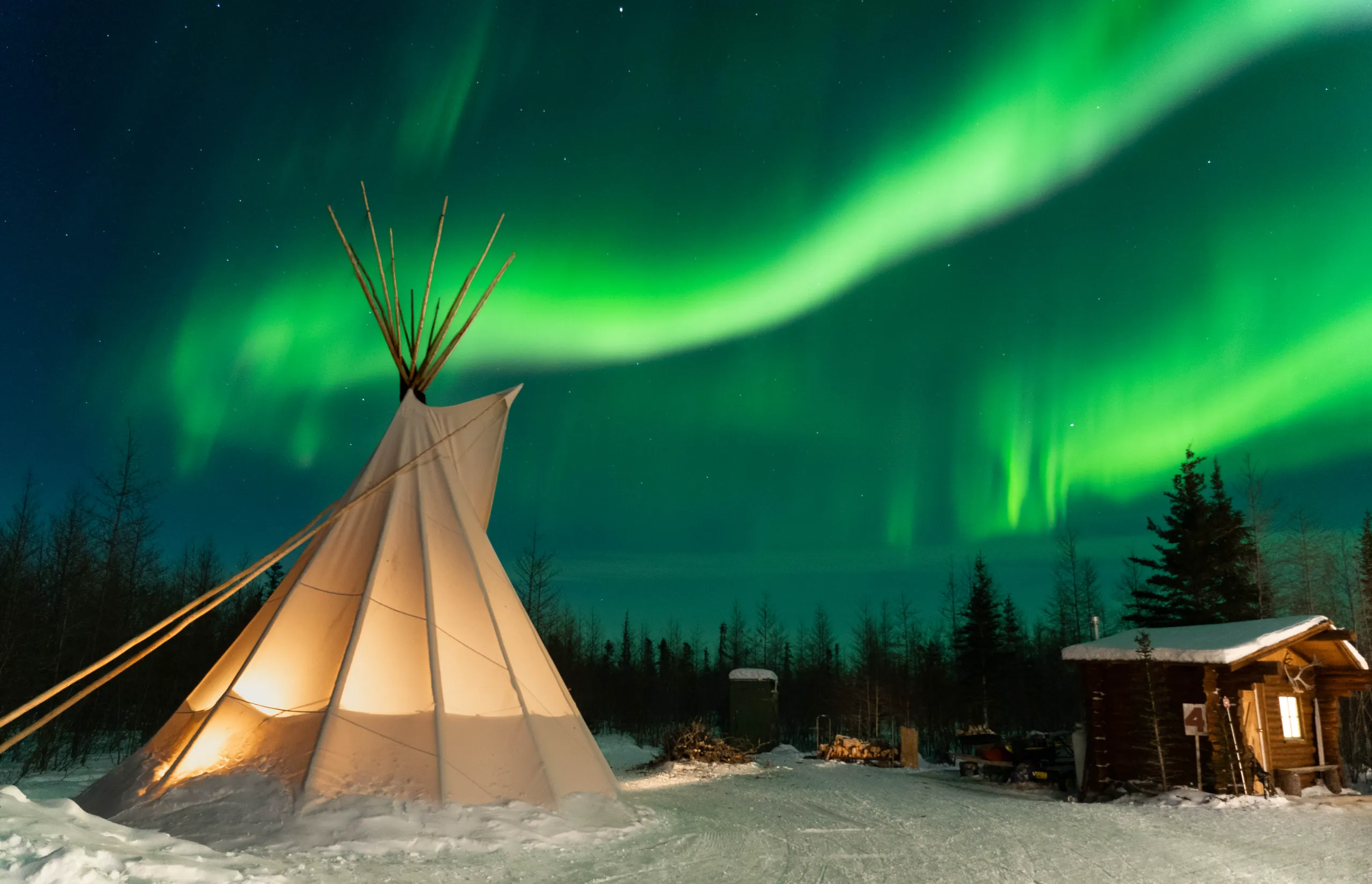
Polar pop-up
One of Frontiers North’s most unique dining options is Dan’s Diner, a pop-up restaurant in the Tundra Buggy Lodge, serving a multi-course menu that nods to Manitoba growers, fishermen and butchers. It operates in February and March, either as an individual reservation (CA$379, around AUD$425) or as part of a Frontiers North tour package. Skylights accommodate the Northern Lights drama above.
Journey Notes
Churchill multi-day packages with Frontiers North are from CA$5,249 (around AUD$5,954) per person. Fights operate six times a week between Winnipeg to Churchill; there’s also a train between Winnipeg to Churchill. frontiersnorth.com
For more information, visit keepexploring.canada.travel
Latest Articles
Don't miss the latest from Luxury Travel
